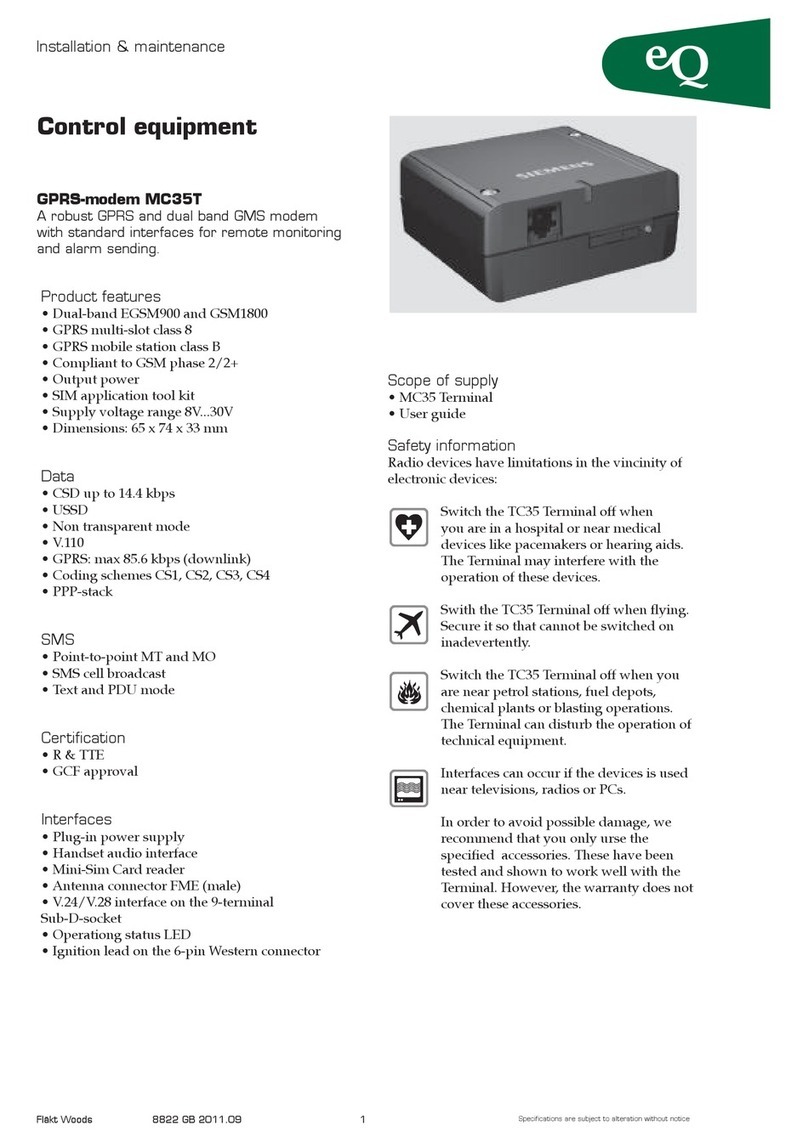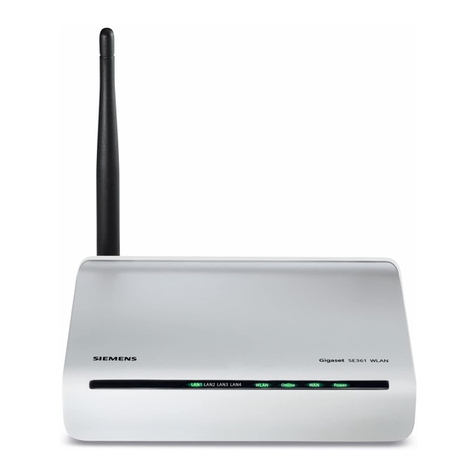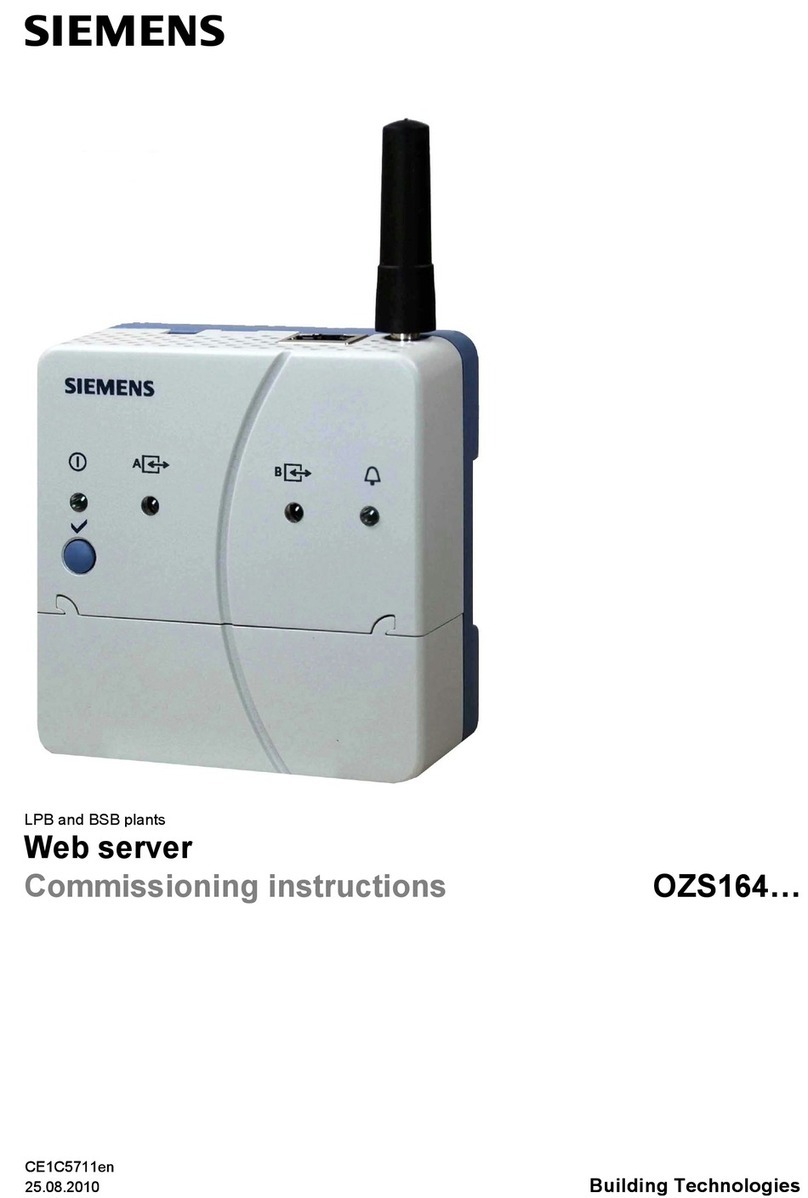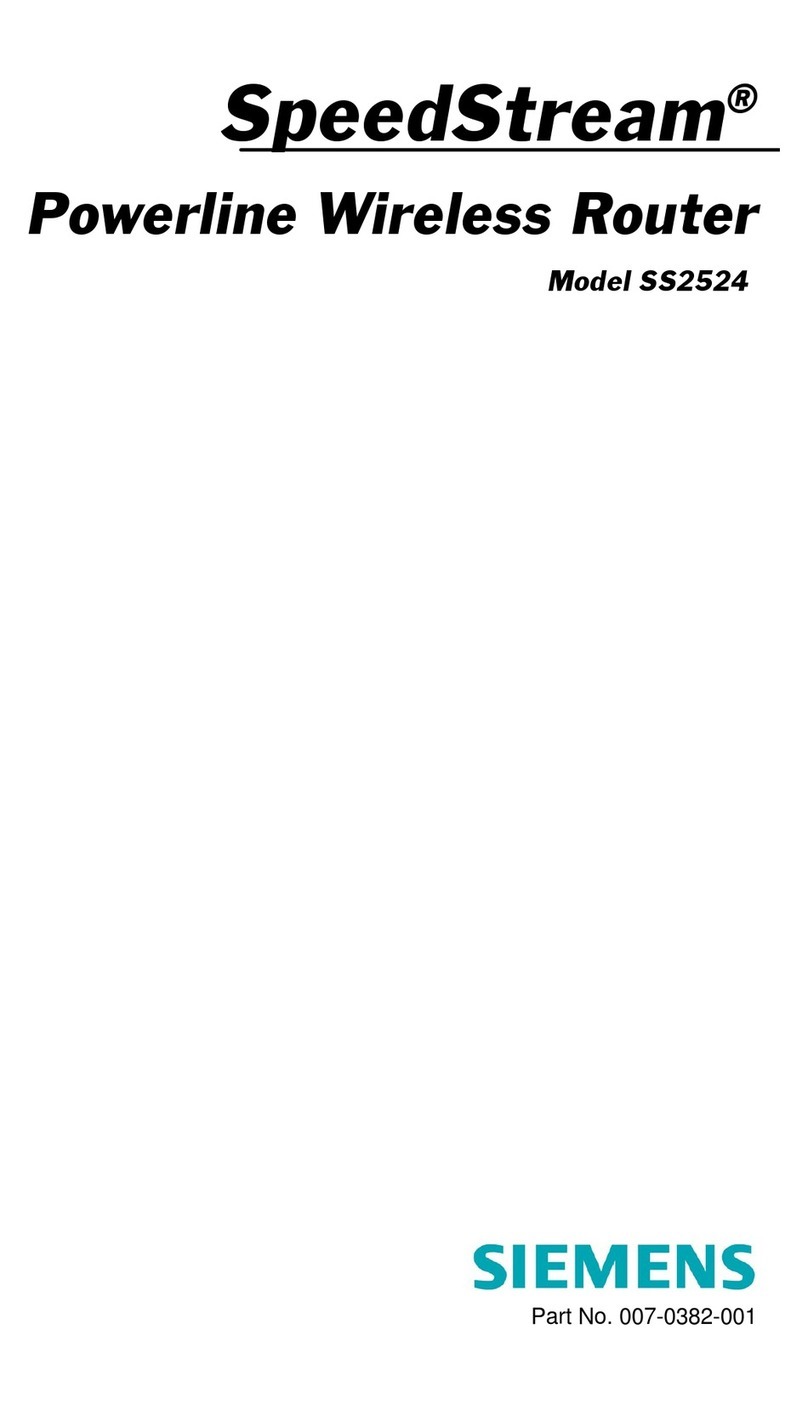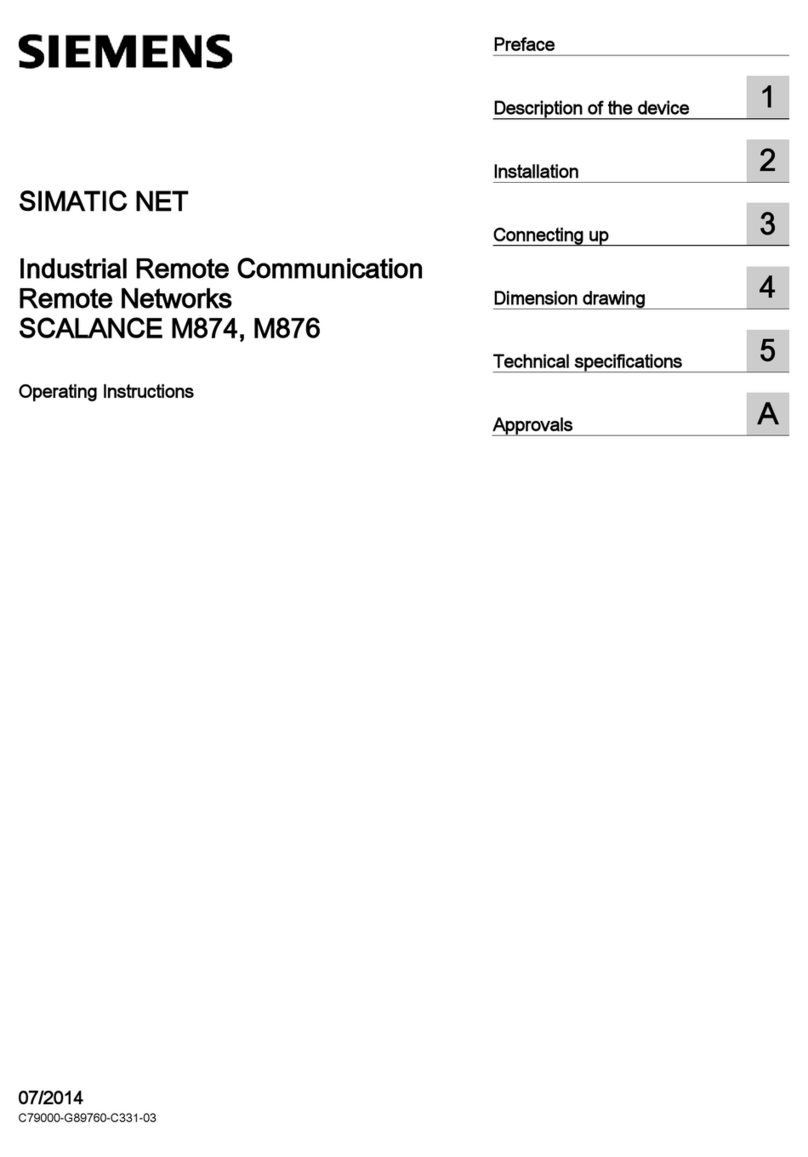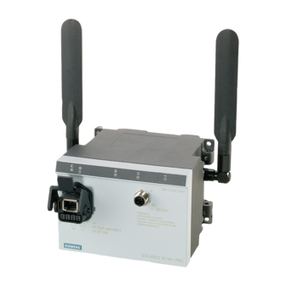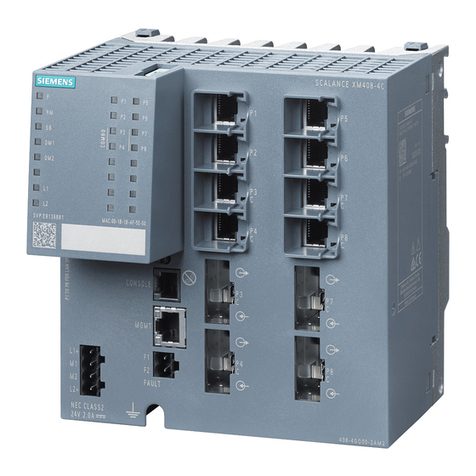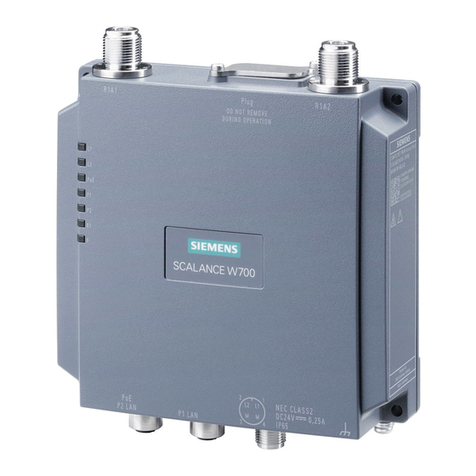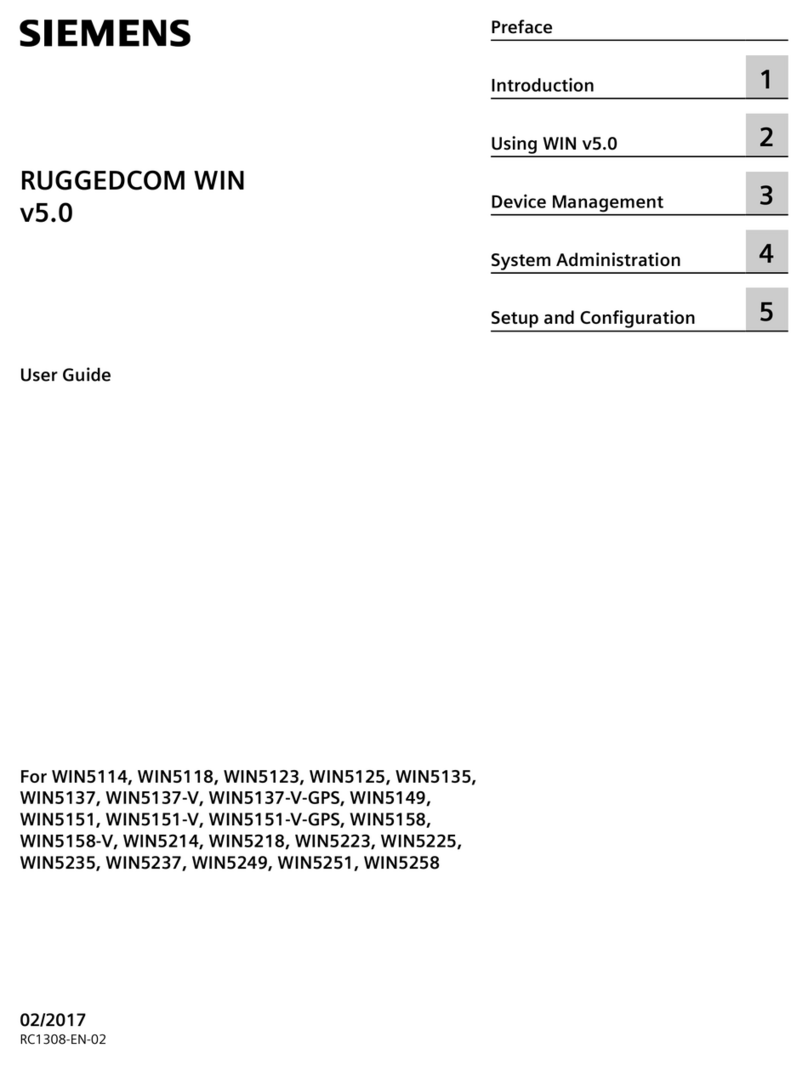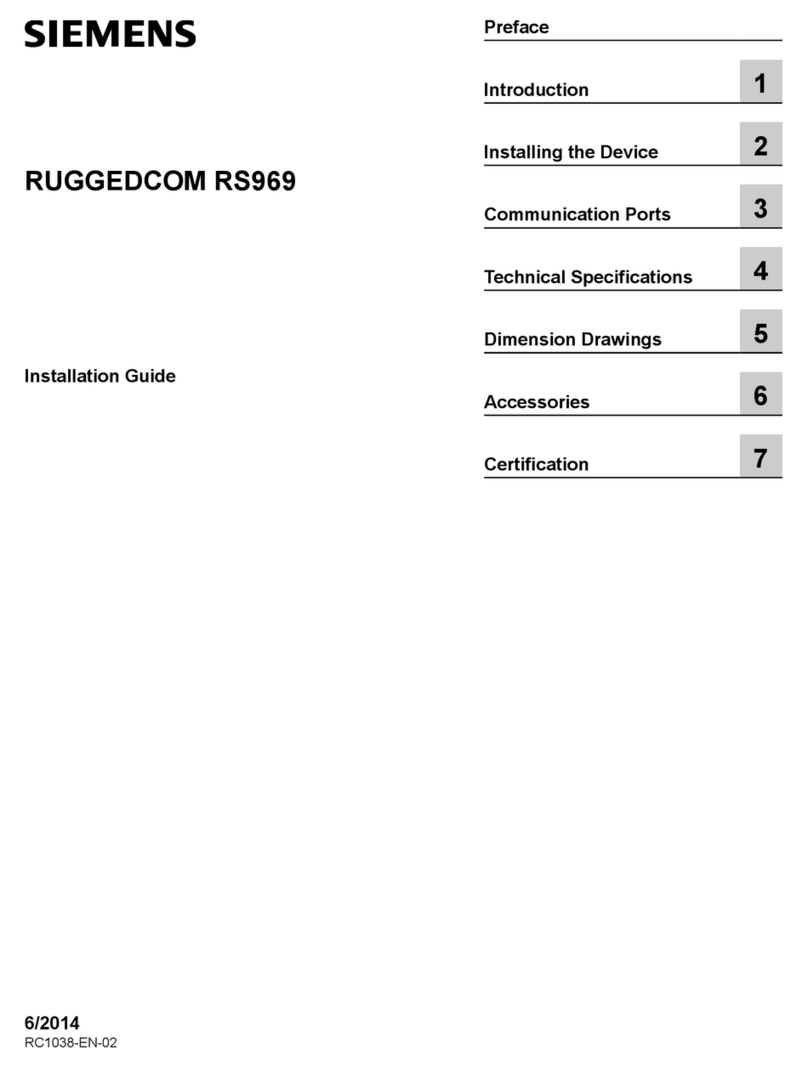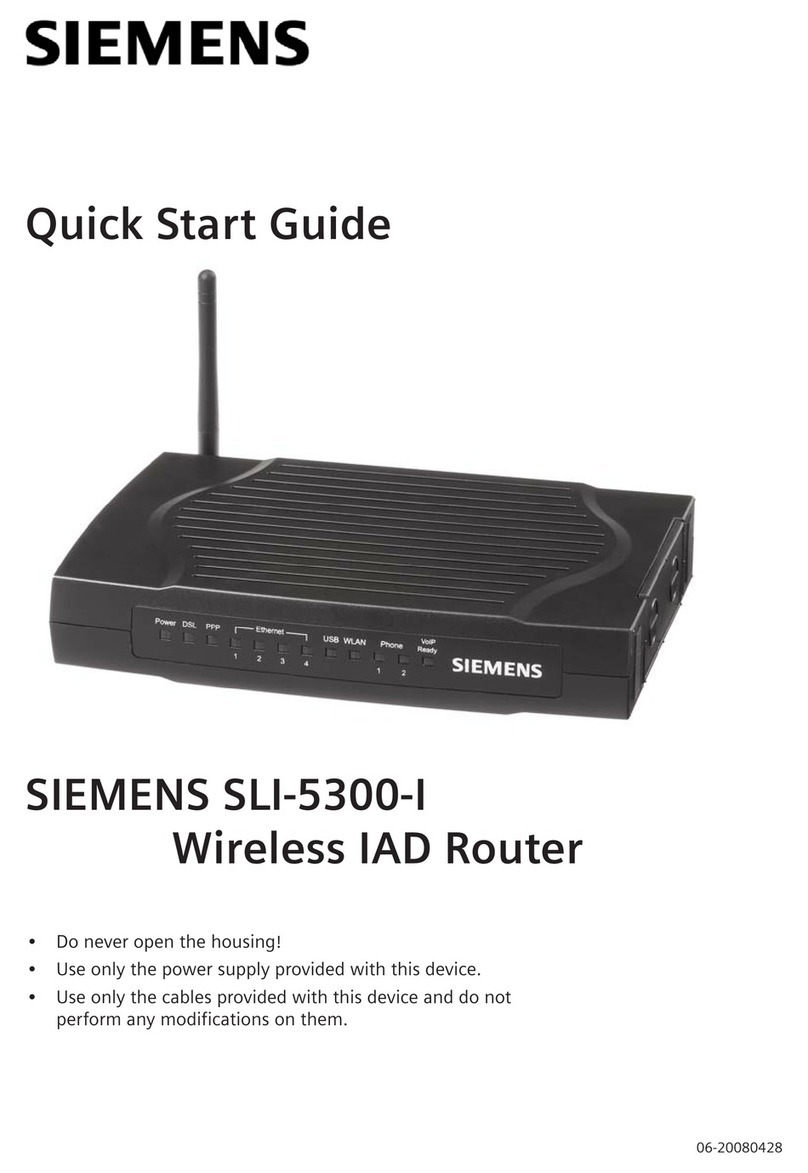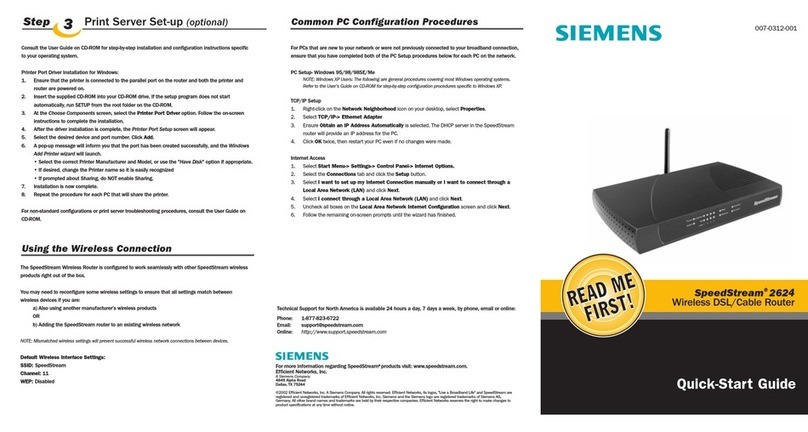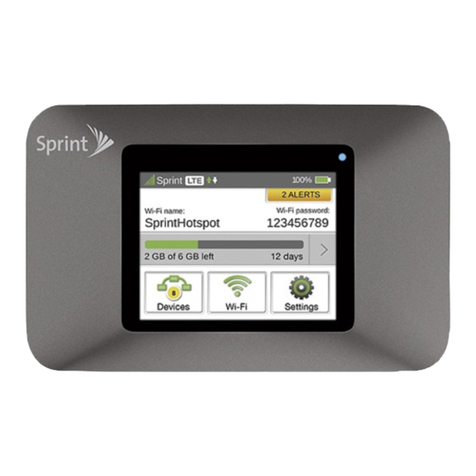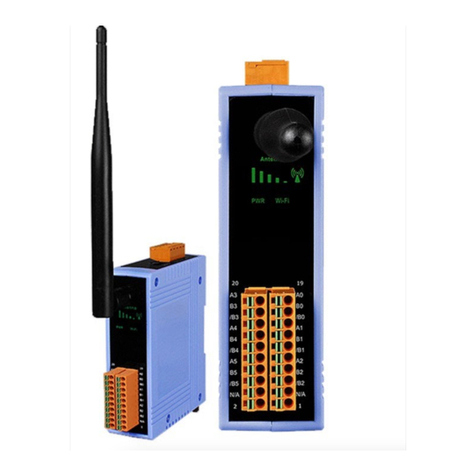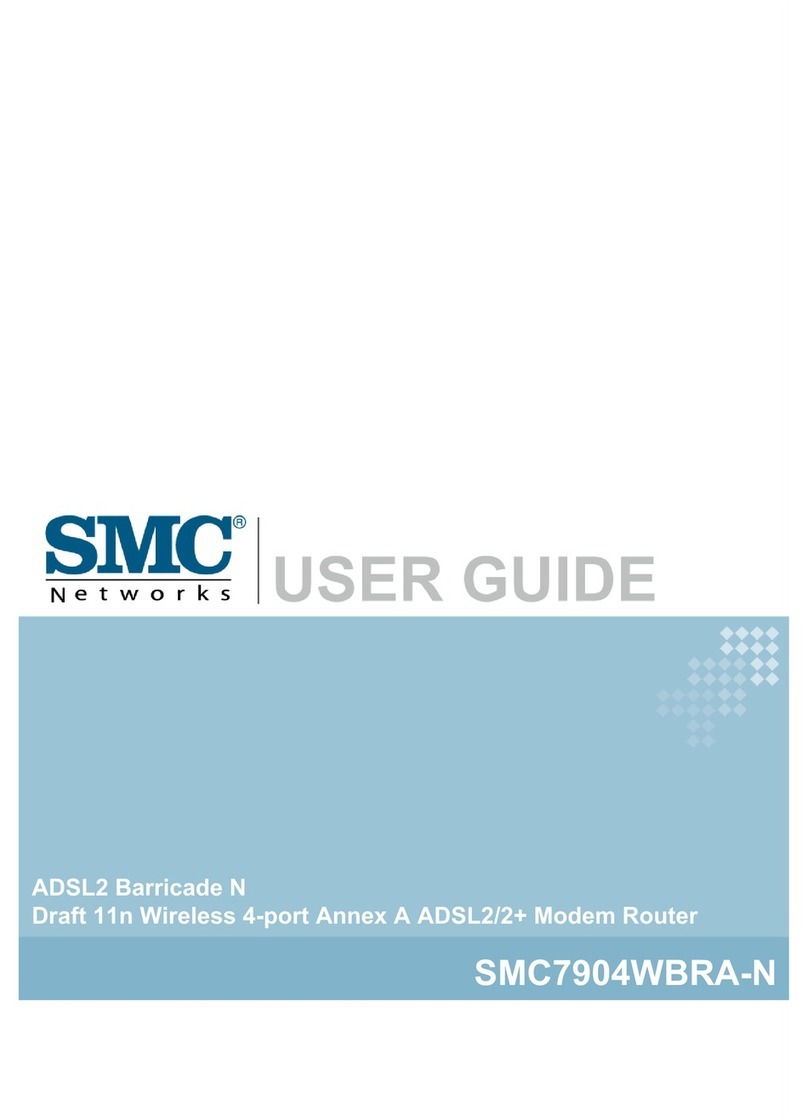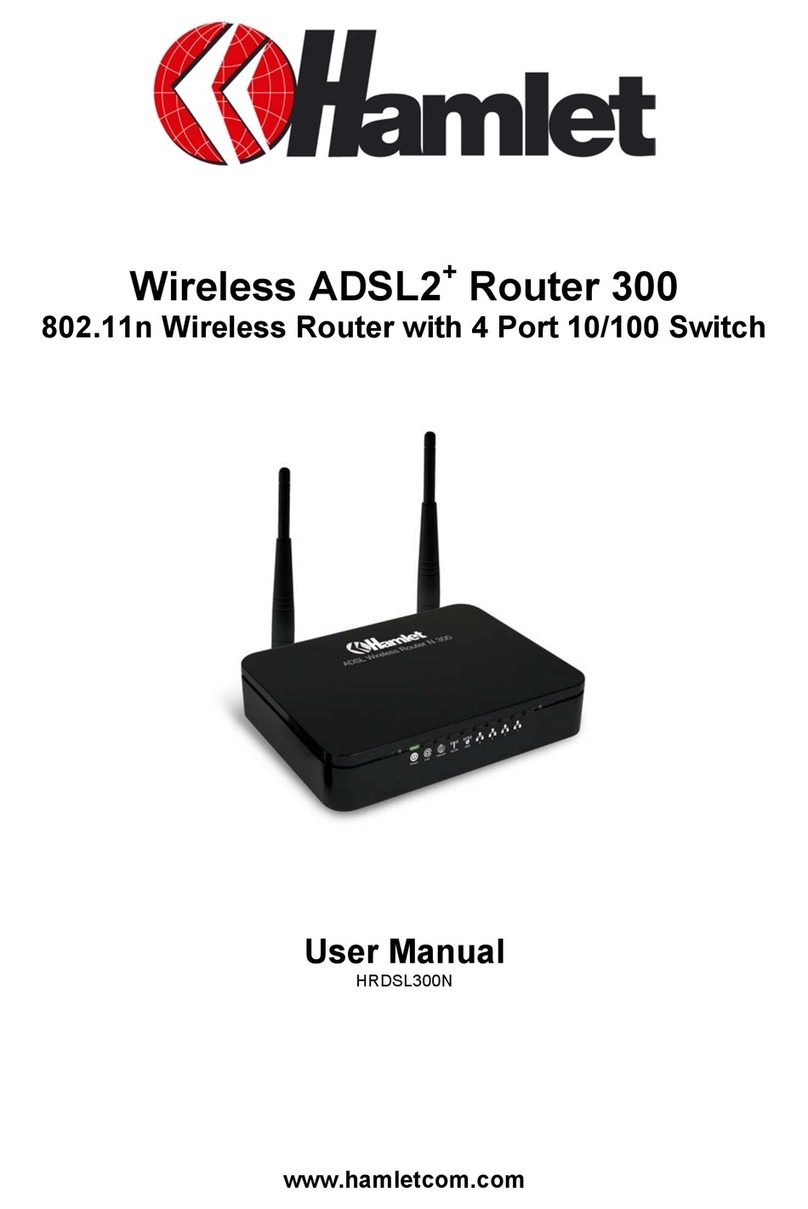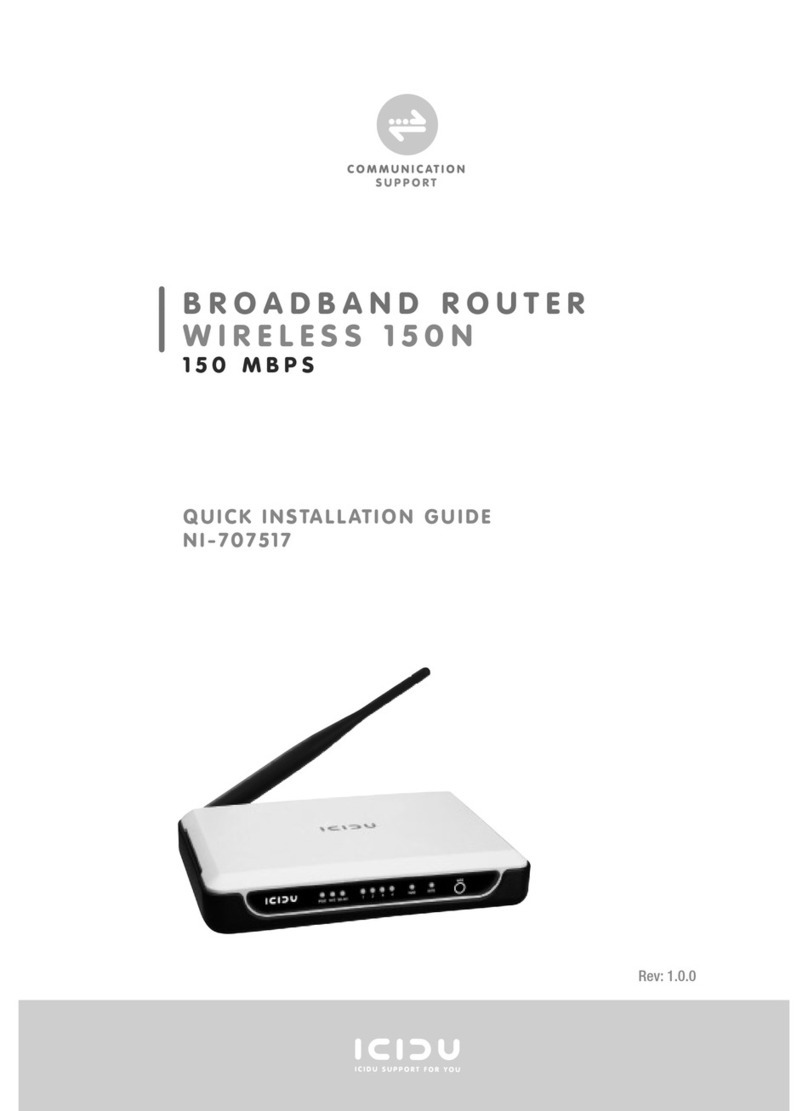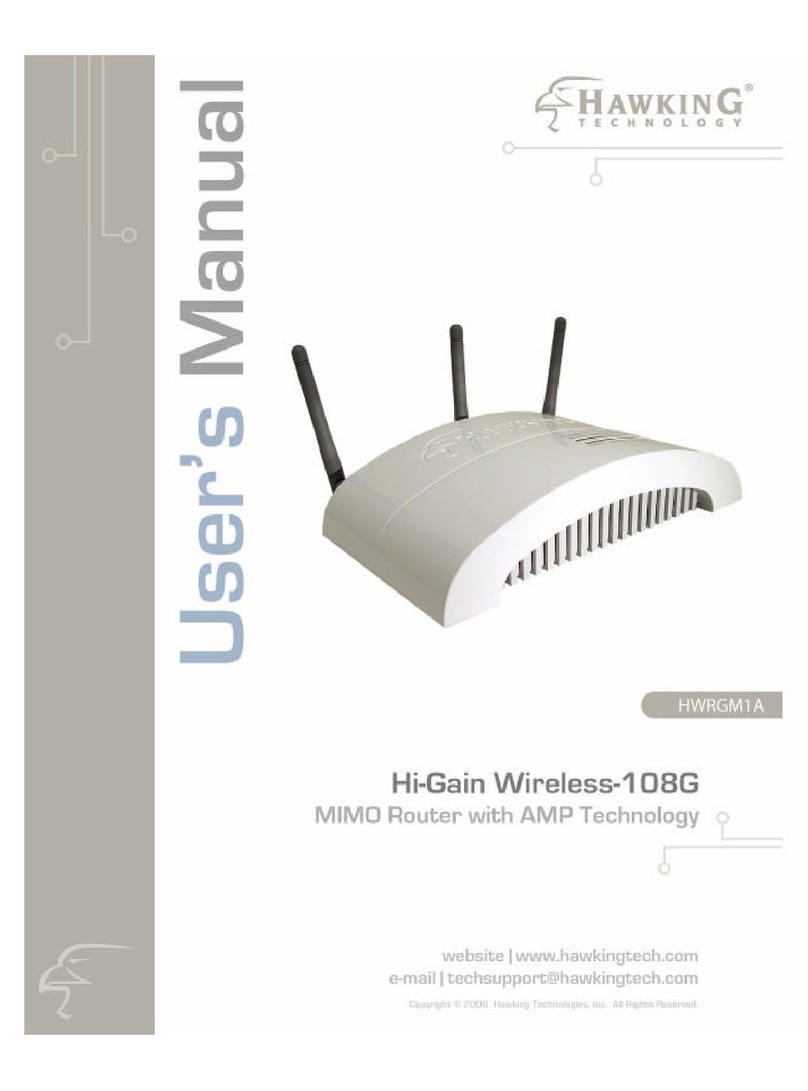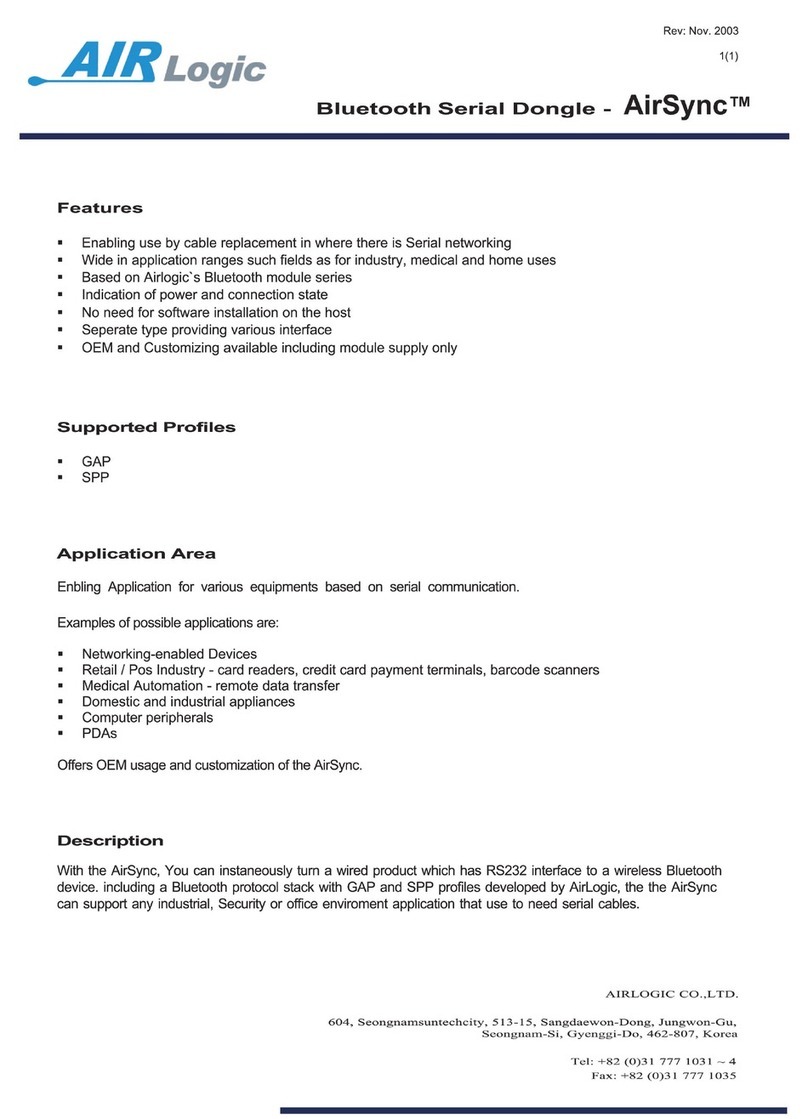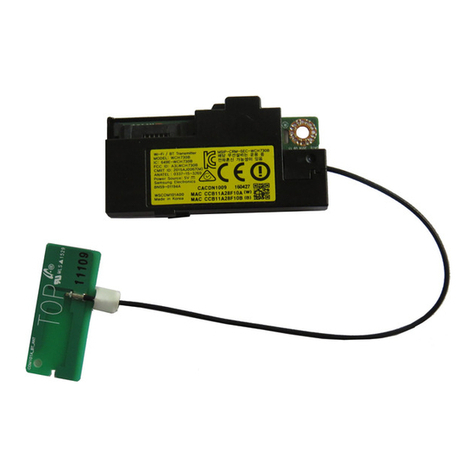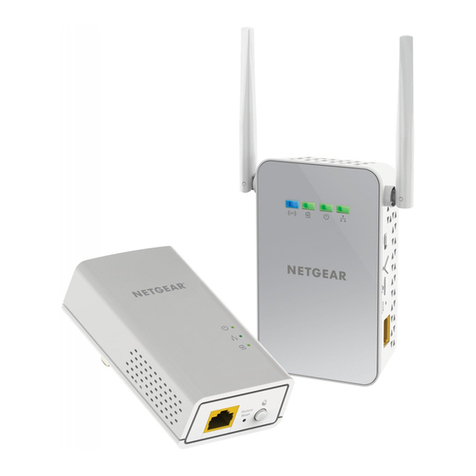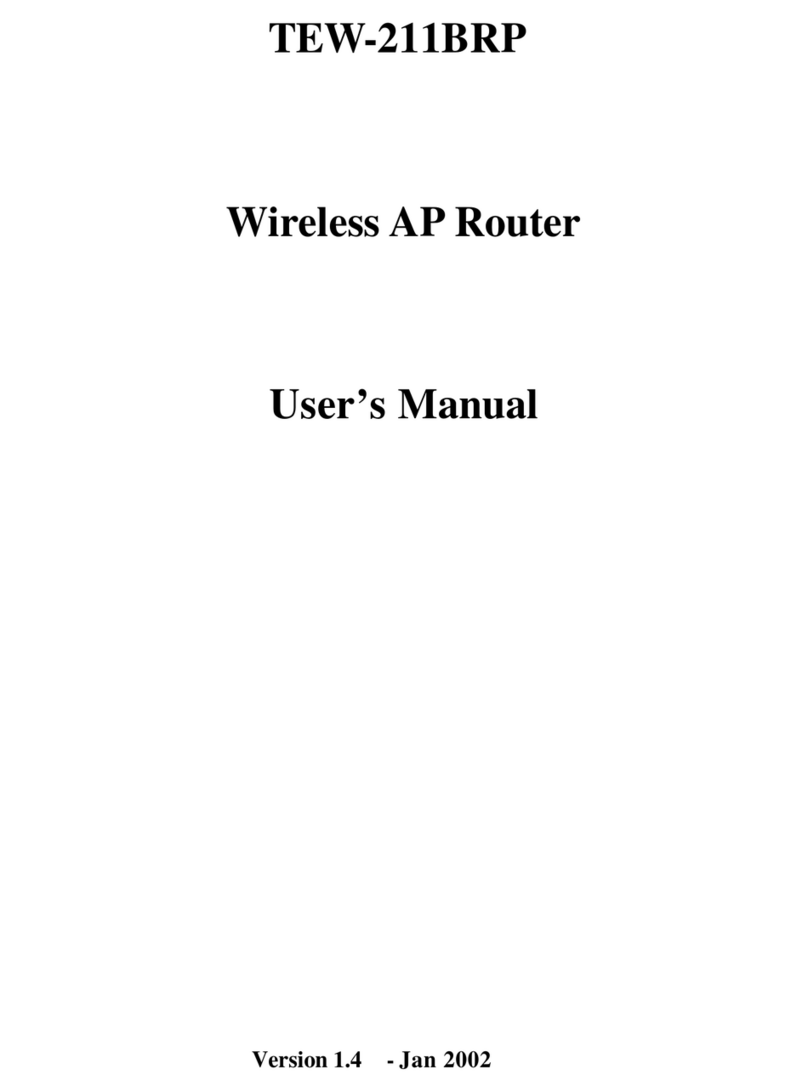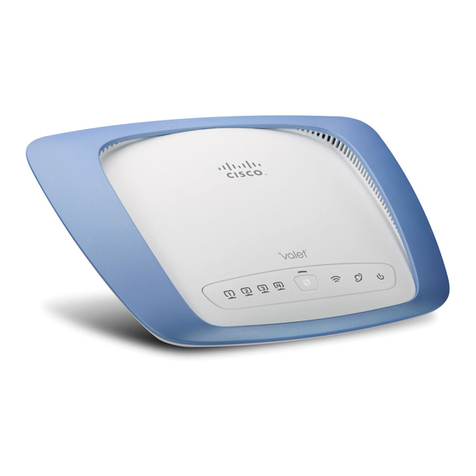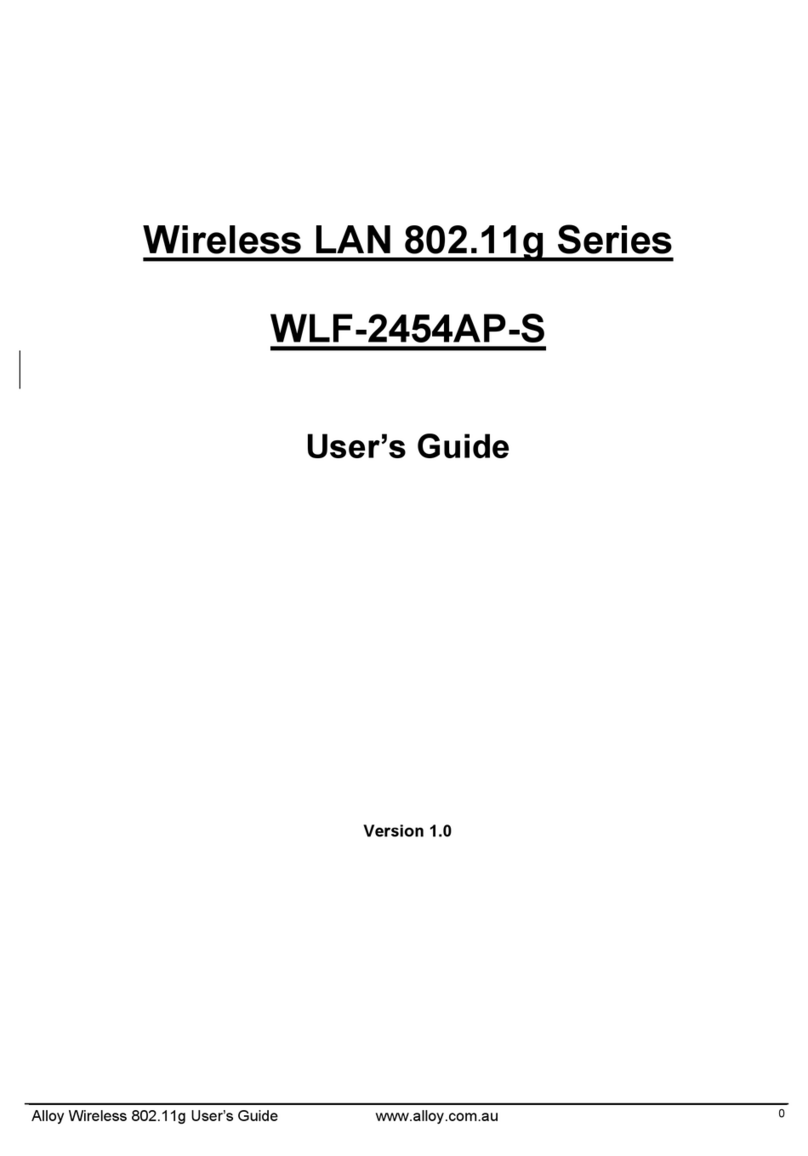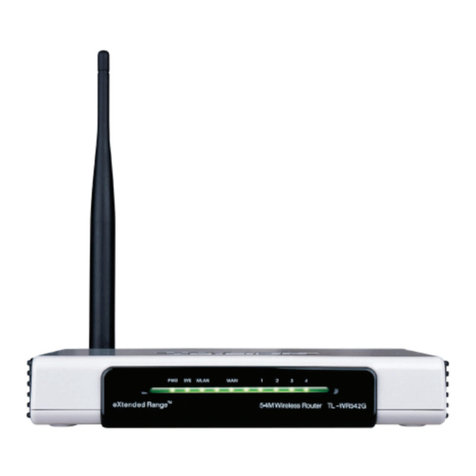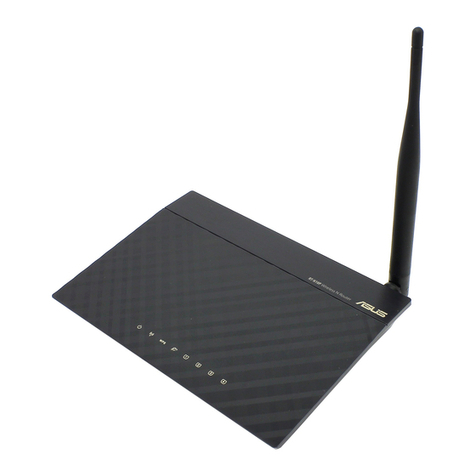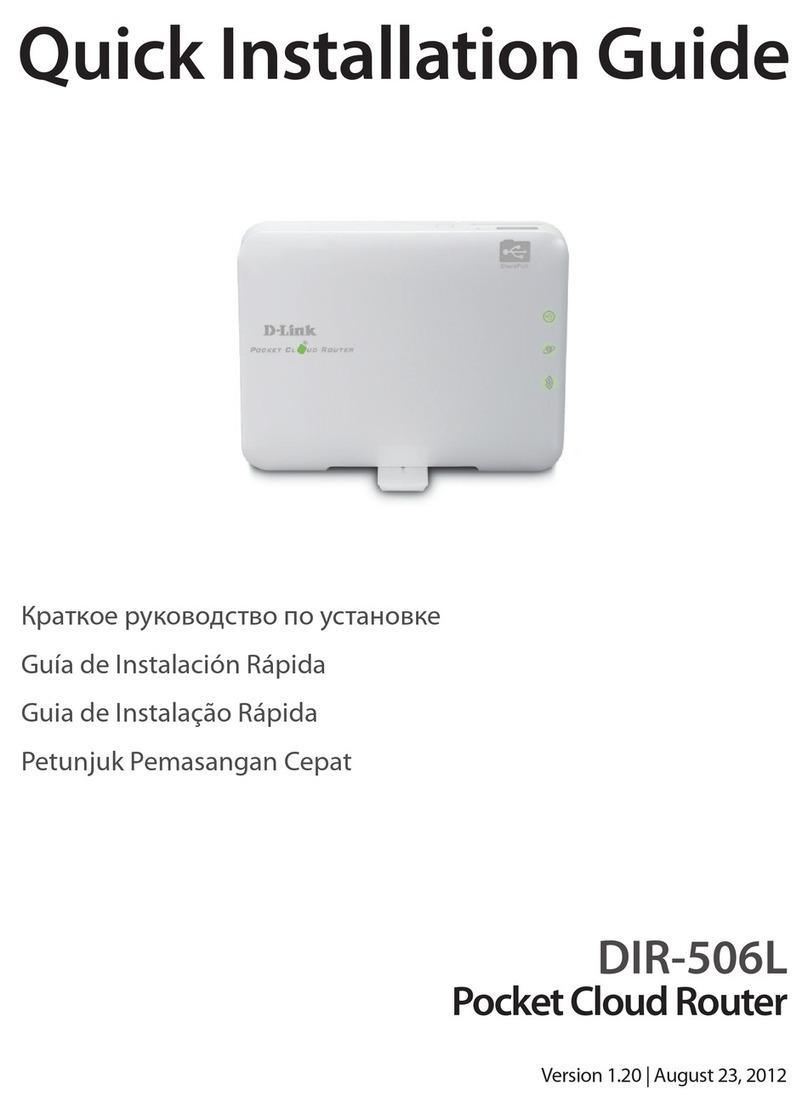
RUGGEDCOM ROS
User Guide
Table of Contents
vii
3.4Uploading/Downloading Files ....................................................................................................... 55
3.4.1Uploading/Downloading Files Using XMODEM .................................................................... 56
3.4.2Uploading/Downloading Files Using a TFTP Client ............................................................... 57
3.4.3Uploading/Downloading Files Using a TFTP Server .............................................................. 58
3.4.4Uploading/Downloading Files Using an SFTP Server ............................................................ 58
3.5Managing Logs ........................................................................................................................... 59
3.5.1Viewing Local Logs .......................................................................................................... 59
3.5.2Clearing Local Logs .......................................................................................................... 60
3.5.3Configuring the Local System Log ..................................................................................... 60
3.5.4Managing Remote Logging ............................................................................................... 61
3.5.4.1Configuring the Remote Syslog Client ..................................................................... 61
3.5.4.2Viewing a List of Remote Syslog Servers .................................................................. 62
3.5.4.3Adding a Remote Syslog Server .............................................................................. 63
3.5.4.4Deleting a Remote Syslog Server ............................................................................ 64
3.6Managing Ethernet Ports ............................................................................................................. 65
3.6.1Controller Protection Through Link Fault Indication (LFI) ..................................................... 66
3.6.2Viewing the Status of Ethernet Ports ................................................................................. 67
3.6.3Viewing Statistics for All Ethernet Ports ............................................................................. 68
3.6.4Viewing Statistics for Specific Ethernet Ports ...................................................................... 68
3.6.5Clearing Statistics for Specific Ethernet Ports ...................................................................... 71
3.6.6Configuring an Ethernet Port ............................................................................................ 72
3.6.7Configuring Port Rate Limiting .......................................................................................... 74
3.6.8Configuring Port Mirroring ................................................................................................ 76
3.6.9Configuring Link Detection ............................................................................................... 77
3.6.10Detecting Cable Faults .................................................................................................... 79
3.6.10.1Viewing Cable Diagnostics Results ........................................................................ 79
3.6.10.2Performing Cable Diagnostics ............................................................................... 81
3.6.10.3Clearing Cable Diagnostics ................................................................................... 83
3.6.10.4Determining the Estimated Distance To Fault (DTF) ................................................ 83
3.6.11Resetting Ethernet Ports ................................................................................................. 84
3.7Managing IP Interfaces ................................................................................................................ 84
3.7.1Viewing a List of IP Interfaces ........................................................................................... 85
3.7.2Adding an IP Interface ...................................................................................................... 85
3.7.3Deleting an IP Interface .................................................................................................... 87
3.8Managing IP Gateways ................................................................................................................ 88
3.8.1Viewing a List of IP Gateways ........................................................................................... 88
3.8.2Adding an IP Gateway ...................................................................................................... 89
3.8.3Deleting an IP Gateway .................................................................................................... 90
3.9Configuring IP Services ................................................................................................................ 91
3.10Managing Remote Monitoring ................................................................................................... 93
